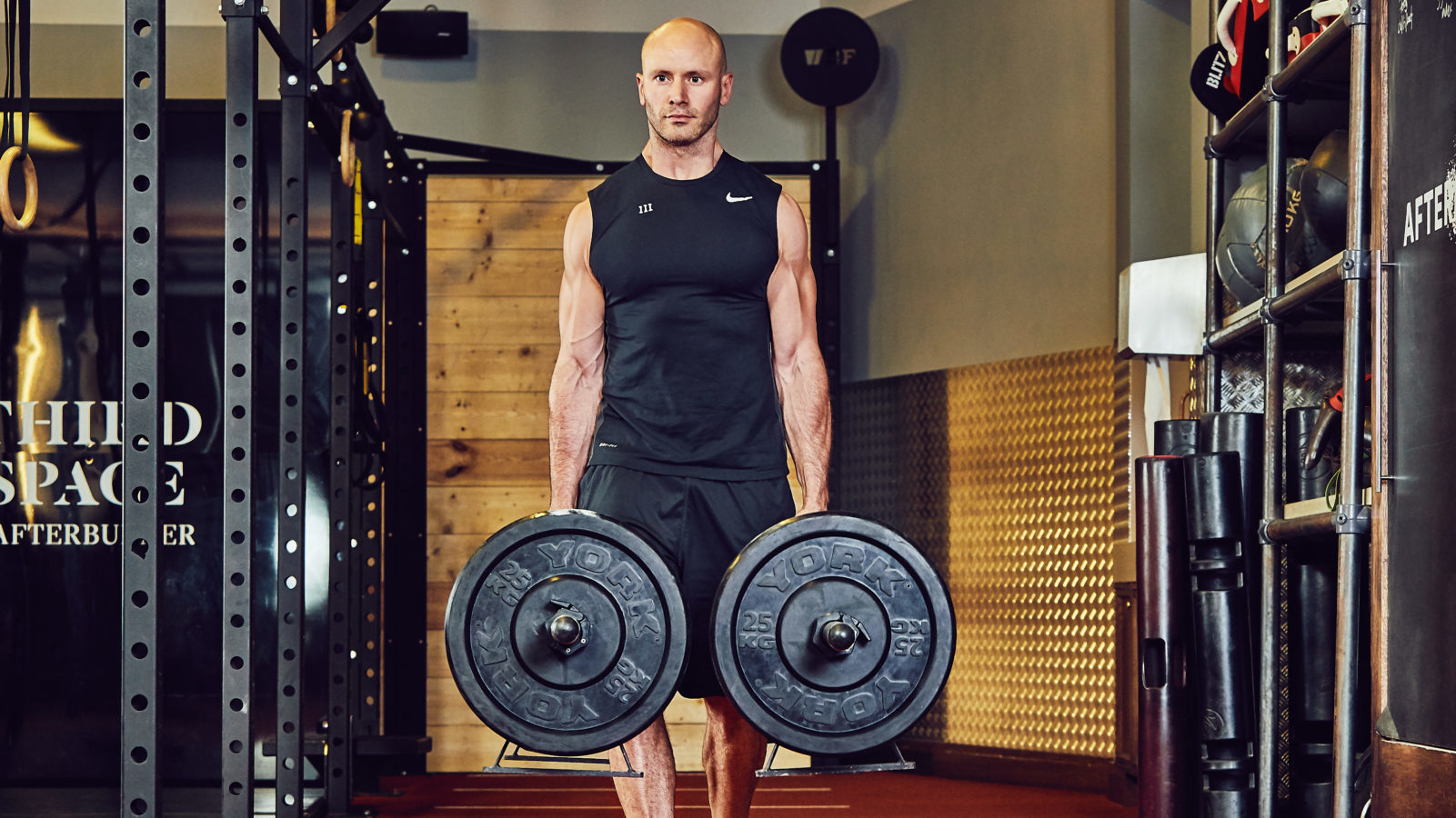Too many avoid the weights room for fear of looking like a bodybuilder. But that’s not the case. Elite Trainer Andy Vincent explains
It’s the age-old question I’m continually asked by clients. “If I lift weights, won’t I end up looking like bulky?” And the answer is, well, if you do it seven days a week for five years then… maybe.
But what does the word “bulky” even mean? The aim of lifting weights is, more often than not, to try and increase lean mass. However to seriously “bulk” that increase would have to be . The expression “lean mass” is a bit of a giveaway when it comes to explaining why. The surface area that muscle tissue takes up on a person’s frame is actually much less than you’d think. With everything that needs to be done across spot-on training and nutrition to build 3kg of muscle, it can be a little underwhelming to see what 3kg of muscle actually looks like.
This leads me onto the variables that need to be managed in order to significantly increase lean mass. That includes training intensity, frequency and volume, nutrition and recovery. To continually see increases in muscle mass you then need to regularly change your training to stimulate new growth. It’s bloody hard, basically. Simply picking up a barbell will not make you huge. Ask anyone with a chiseled physique how long it took them and the answer is in multiples of years.
For those interested in weight training, this shouldn’t put you off. There are countless benefits to weight training, beyond filling out you T-shirt sleeves. One of them is getting stronger. Heavy weight training in particular will create a neural adaptation, which means the brain gets better at recruiting muscles to perform the job of lifting the weight. This then isn’t about adding extra muscle fibres, it’s about getting better at using the ones you already have to perform a job – lifting your own bodyweight for a first pull-up, for example. Lifting weights creates a better link between the brain and the body.
Ultimately, increasing muscle mass a.k.a “bulking” takes time. But your body can trick you when your muscles are constantly having to adapt to the stresses of your training, your nutrition and your recovery. This will cause muscles to either look fuller or sometimes depleted of energy. After bouts of weight training, usually more volume based training, your muscles will look larger as blood, glycogen and water are sent into the muscles to help repair tissue. This momentary increase in the cross-sectional size of a muscle can lead you to think that overnight the muscle has grown and you’ve bulked up. You haven’t. With strength training you have to play the long game and not be too reactive to a single session.
Strength training should always form a part of your overall training structure and should, like all forms of training, be varied to ensure you enjoy a full spectrum of training benefits like max strength, strength endurance, speed strength, power… the list goes on. The benefits of lean mass are so great and, unless you’re training like a bodybuilder, the gains in muscle mass are so small, that the weights room really should be your first port of call in the gym, no matter your goals.
Still not convinced? Alice Liveing, super-influencer and Third Space Soho PT, has embarked on her own journey of strength. Today it forms the bedrock of her training programme and she couldn’t be happier with the impact it’s had in all aspects of her health and fitness. Allow her to explain…
“It’s probably the phrase I hear most from women in the gym, who fear that lifting a few dumbbells will turn them into the incredible hulk. The benefits of weight training are so far-reaching that once each client is a few sessions in they almost forget that those concerns ever crossed their mind.”
“Weight training is for absolutely everyone. Whatever your goals, strength training can help you achieve them.”
“One of the benefits of weight training is that, what often starts out as an aesthetically-driven pursuit quickly becomes goal-driven instead; I want to be stronger, faster, more powerful and that’s a pretty awesome turnaround for someone who walked in wanting a six-pack and better biceps.”










